Hotel Hillerød - SDH Partner Hotel
Green Key approved
Milnersvej 41, 3400 Copenhagen-Hillerød Danmark
- North Zealand
- Zealand
- City Break
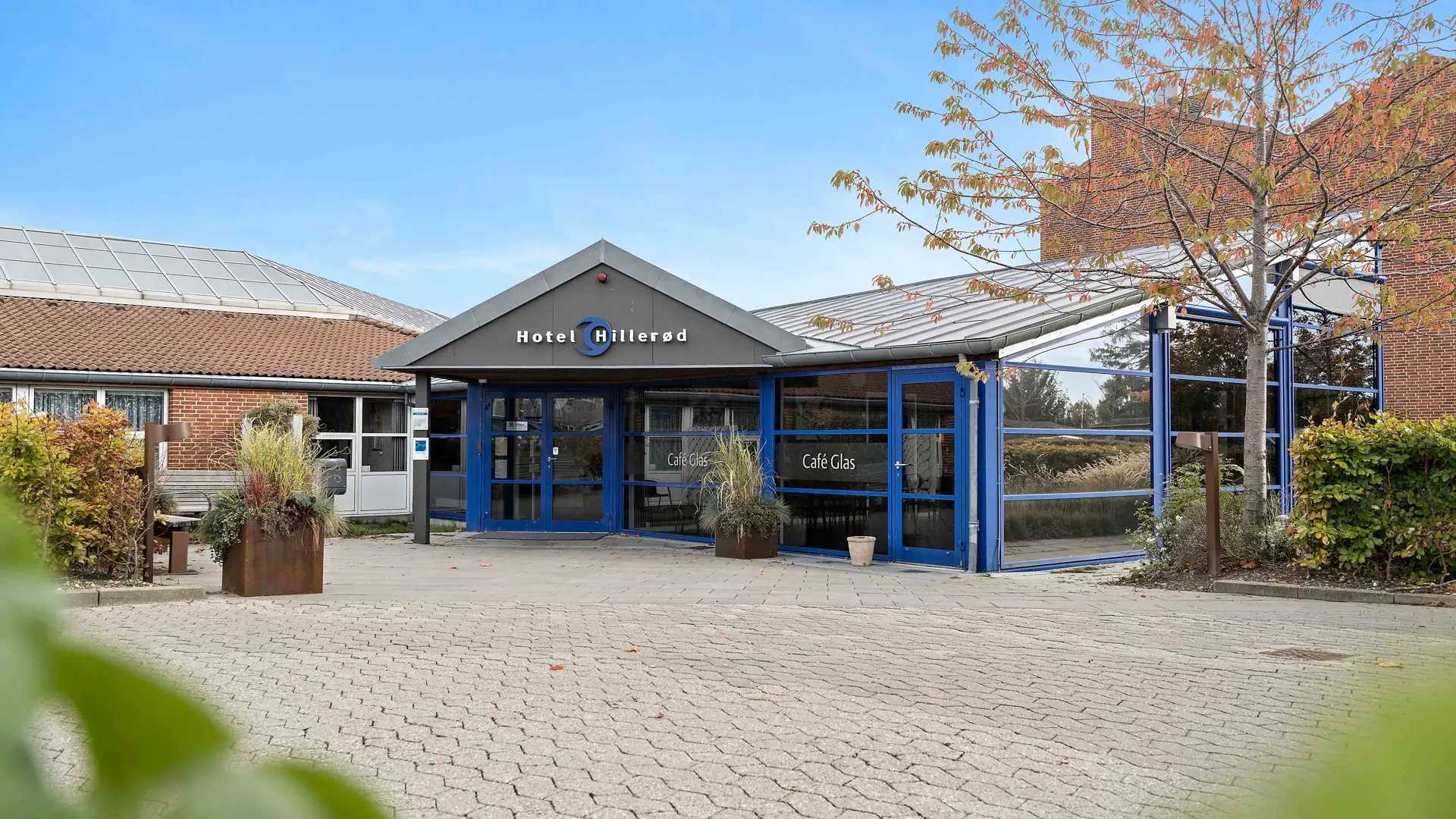
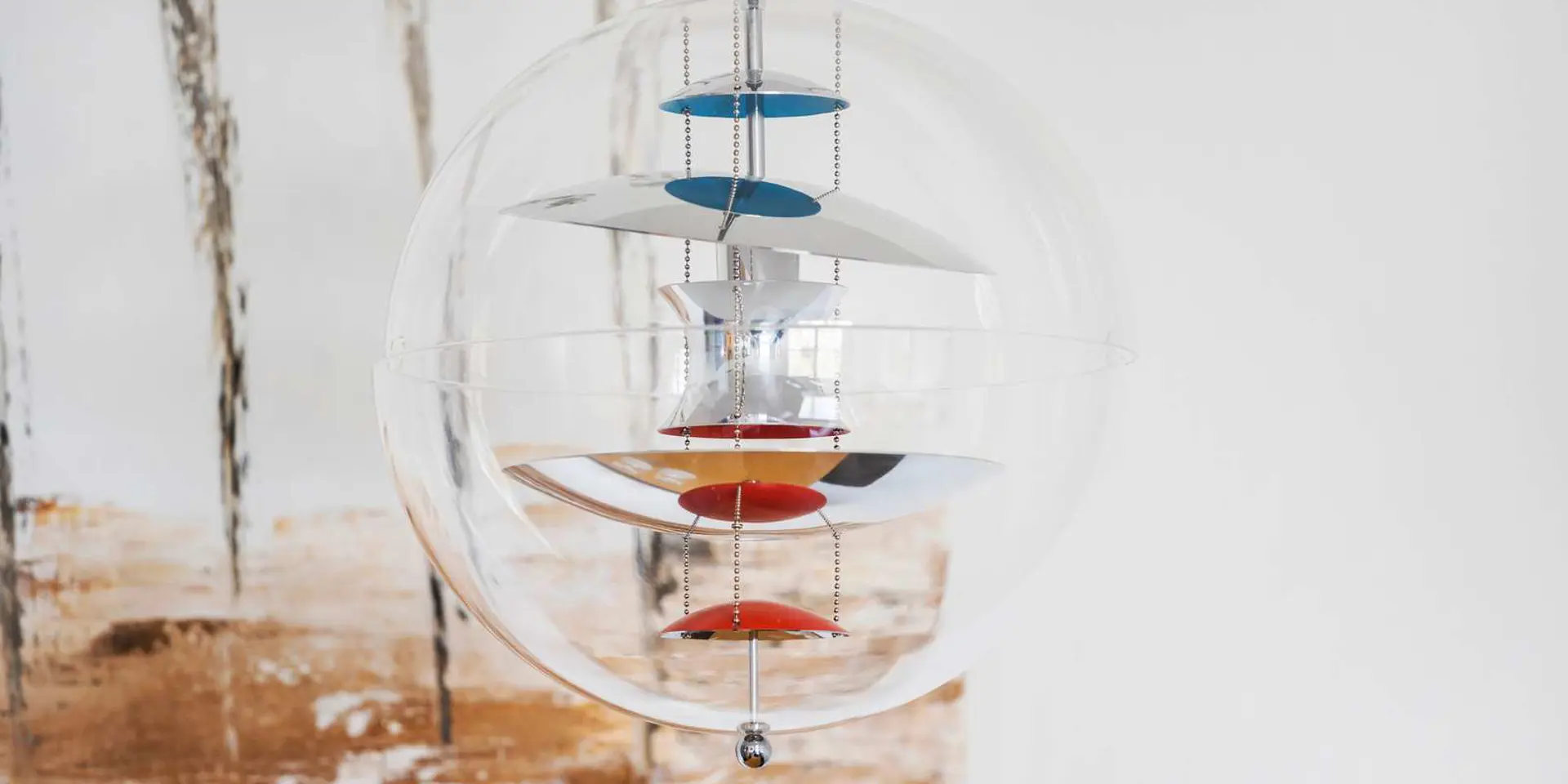
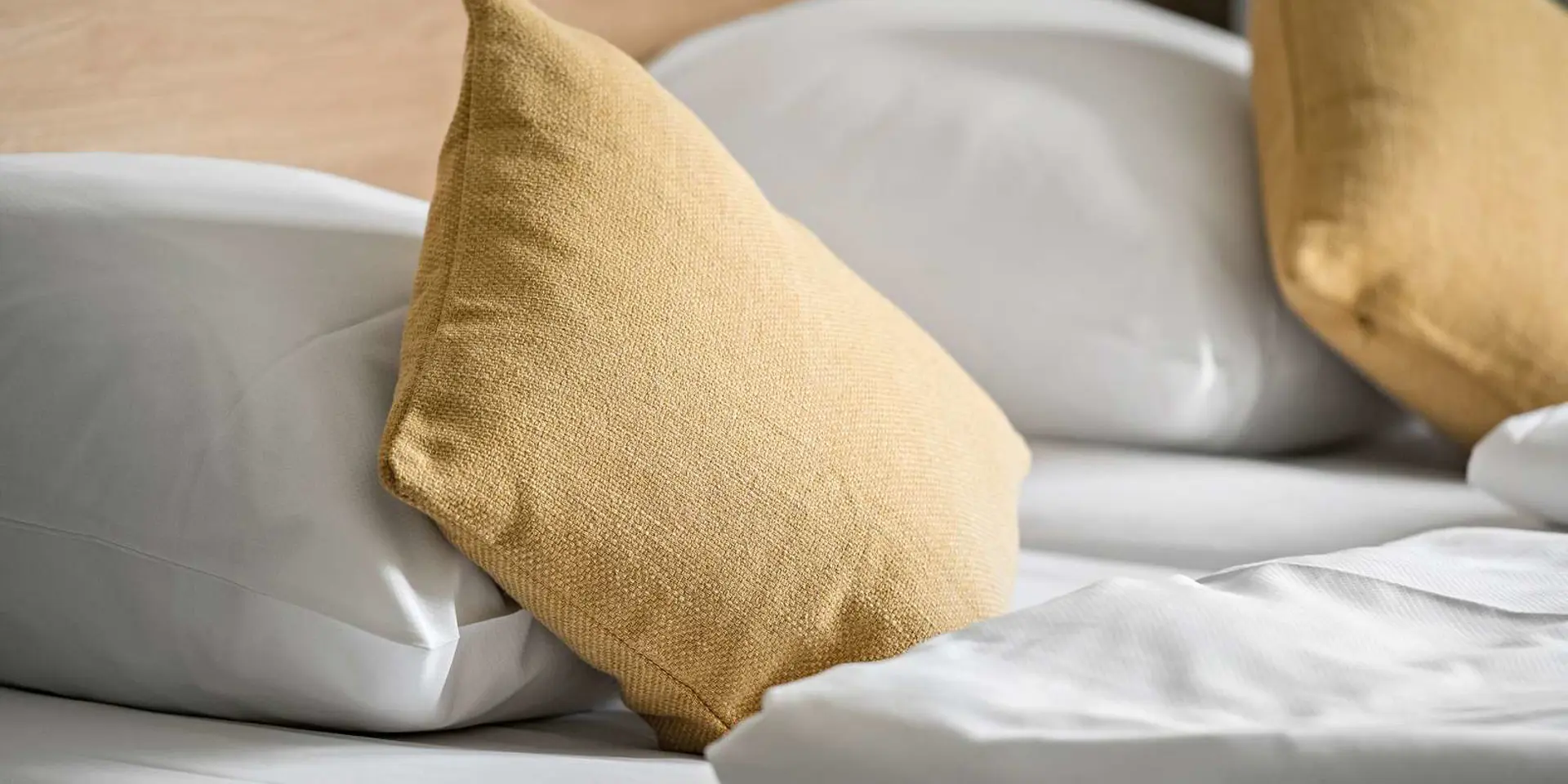
- North Zealand
- Zealand
- City Break
Green Key approved
Milnersvej 41, 3400 Copenhagen-Hillerød Danmark



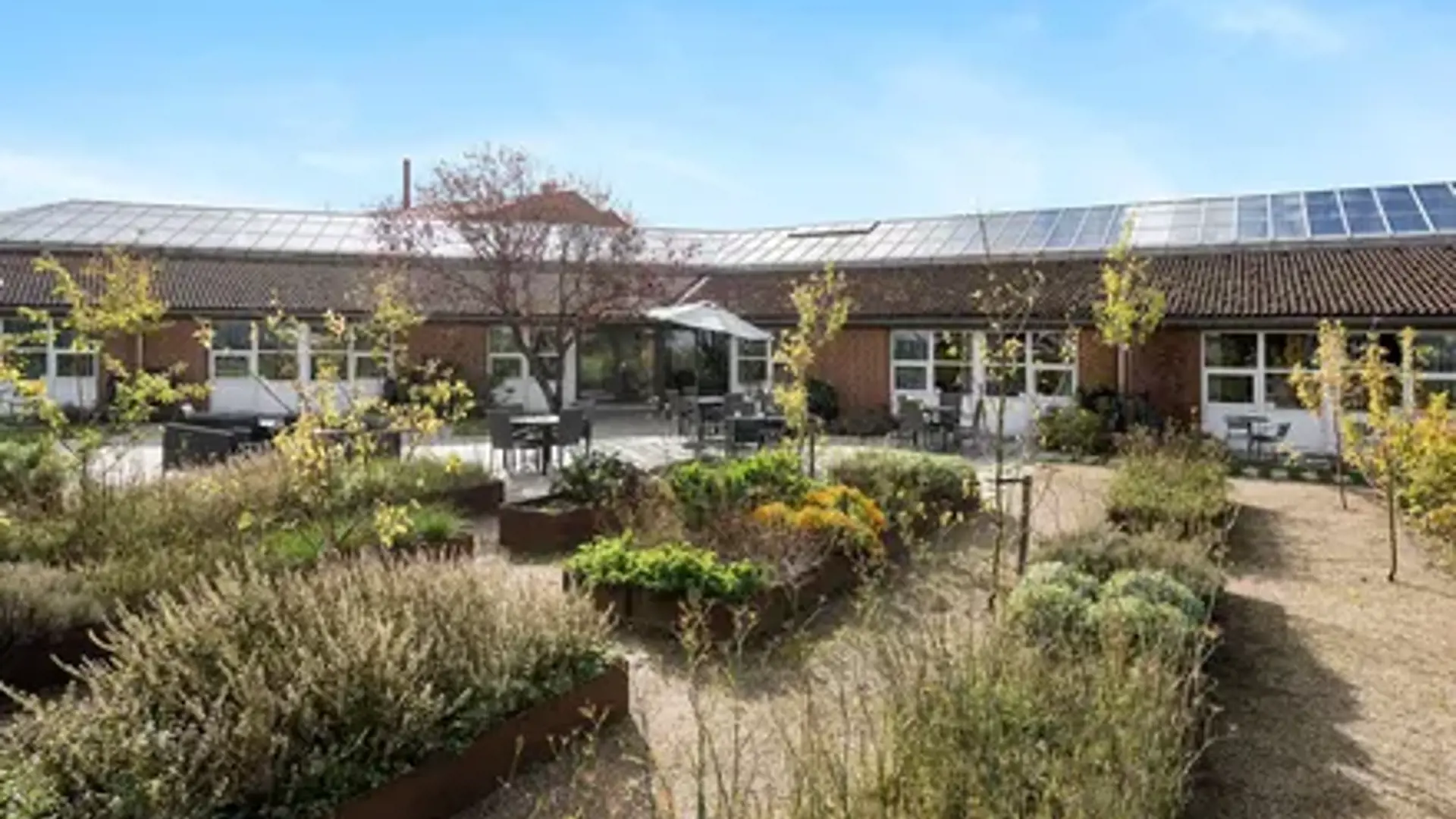
Breakfast included in room rate
Includes per person per night:
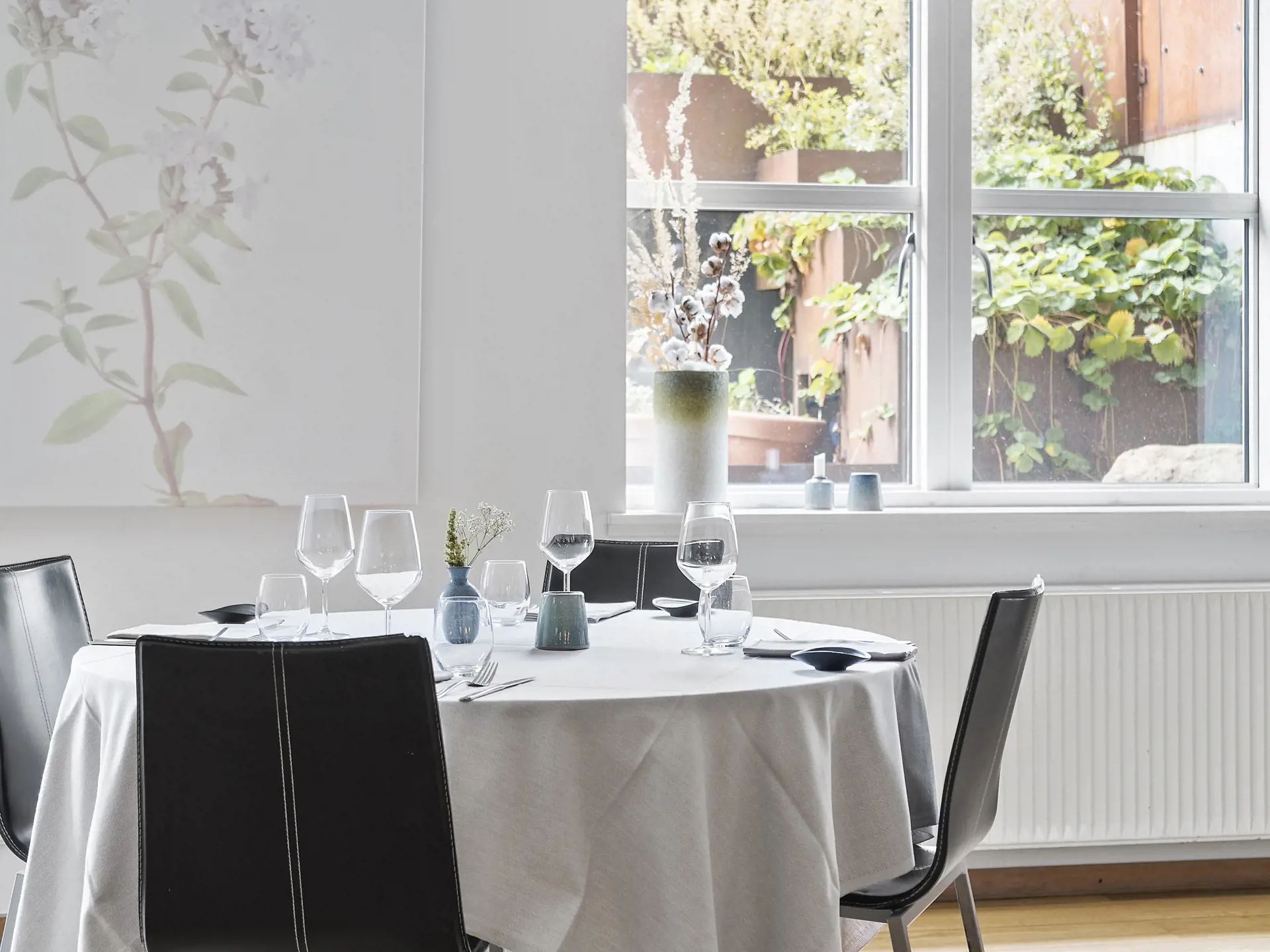
The hotel is part of the alliance with Best Western Hotels & Resorts.
In the heart of North Zealand lies the town of Hillerød, where city life and nature breathe side by side. At the environmentally conscious Best Western Hotel Hillerød, the rooms are adapted to the guests' needs and here the dog is also allowed. At the hotel's restaurant Krydderiet, delicious food is served made with local ingredients and always served with a smile.
The herb garden and the restaurant
The hotel's popular Restaurant Krydderiet has an impressive herb garden, just outside the restaurant. The spices are used extensively in the menu, which is characterized by professional ambition, gastronomic creativity and culinary experience. The cuisine is primarily Scandinavian and the ingredients are local.
Sustainable ambitions
As a Green Key certified hotel, Hotel Hillerød makes an extra effort to protect the environment. The 'Green Key' is tourism's international environmental label. The hotel works purposefully to reduce its climate footprint in several areas, - from energy saving to waste sorting to organic raw materials.
Several room types
The hotel has a total of 111 rooms and 2 junior suites spread over three floors, where functionality and quality are valued. The rooms differ in their furnishings and are therefore adapted to the guests' needs, whether it concerns a business stay or a family holiday. Some of the rooms have either a balcony or access to a terrace. In some of the rooms, there is also room for the four-legged member of the family for a small additional payment.
Meeting and conference rooms
The hotel has rooms for most things, including meetings, lectures and job interviews. In the hotel's largest room, Café Glas, there can be up to 75 people.